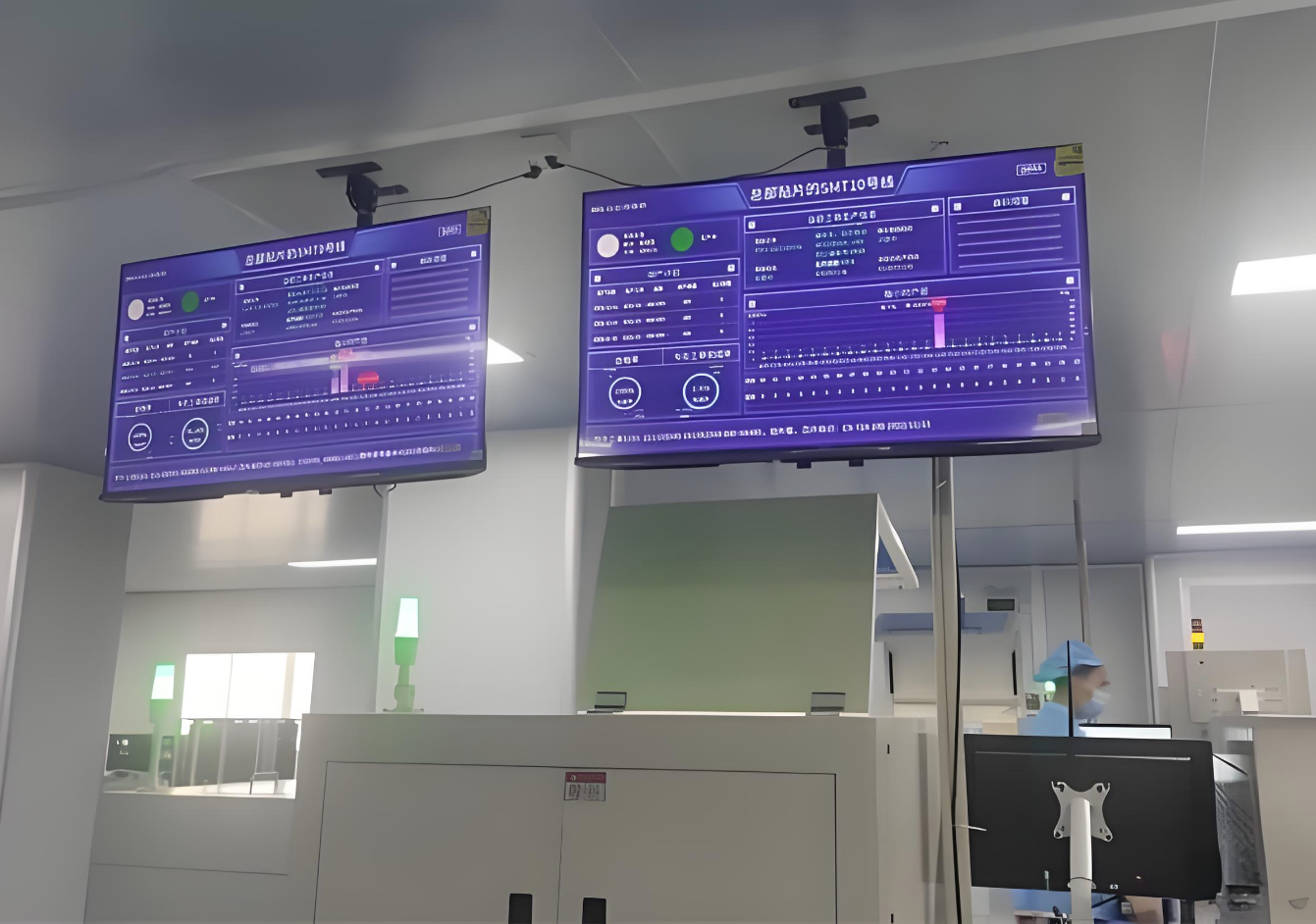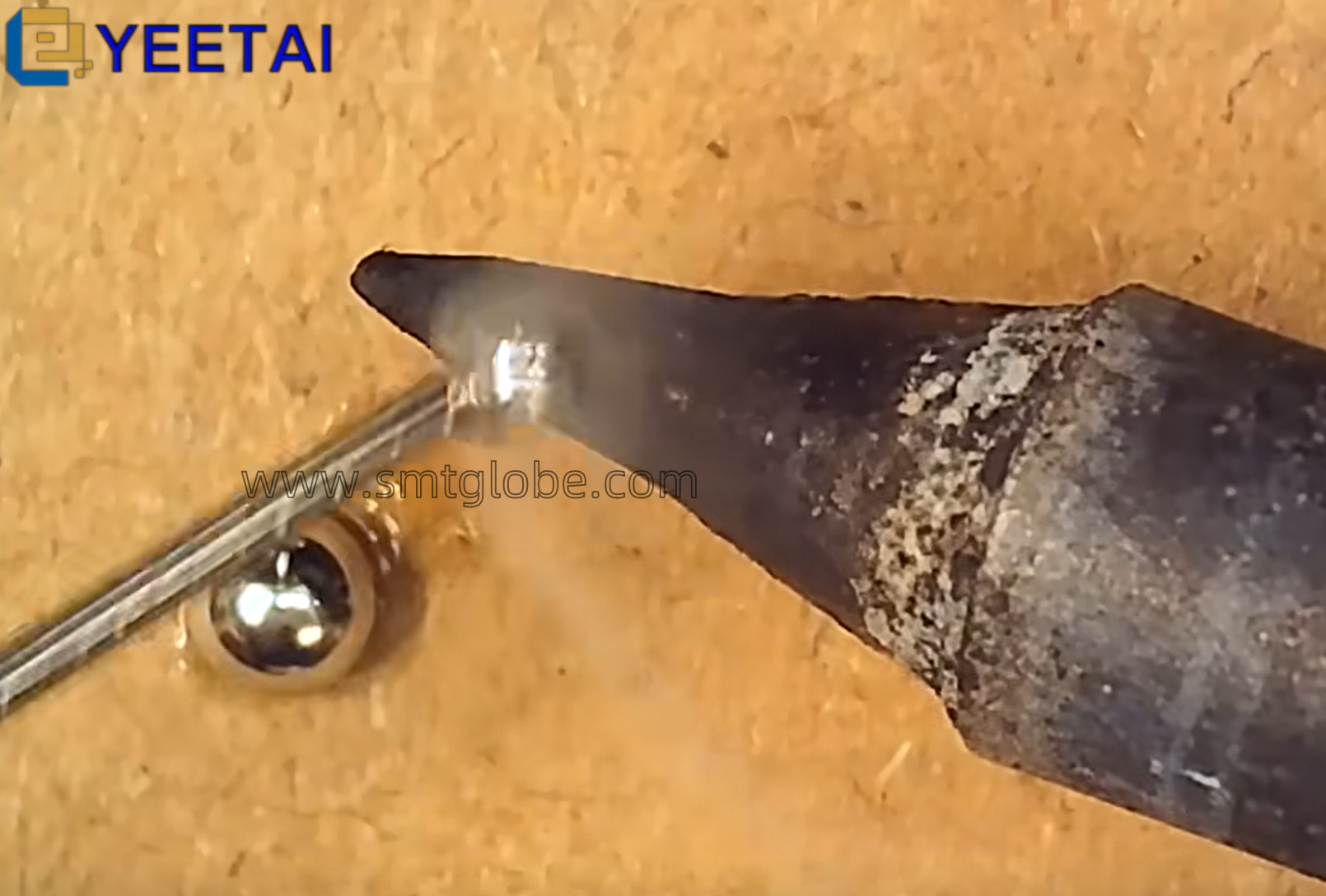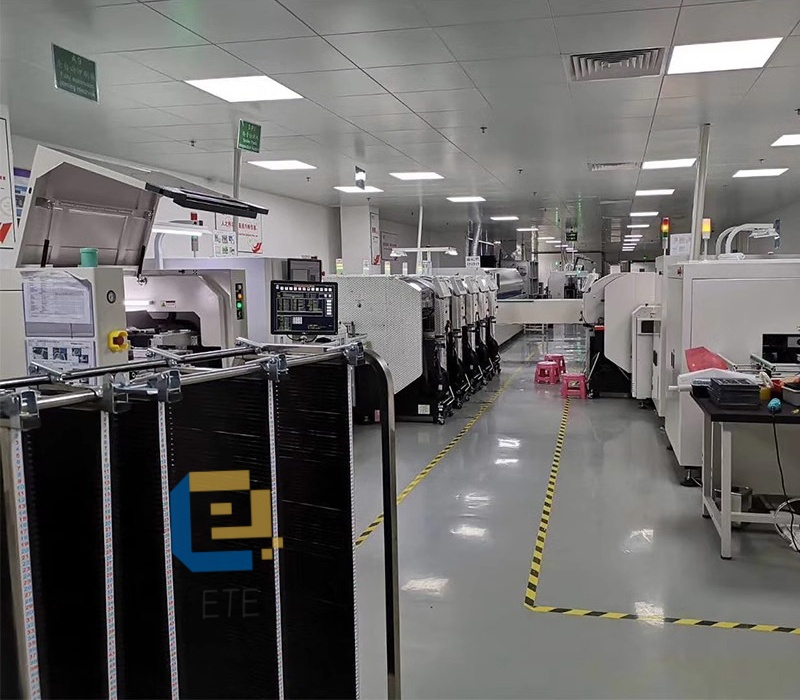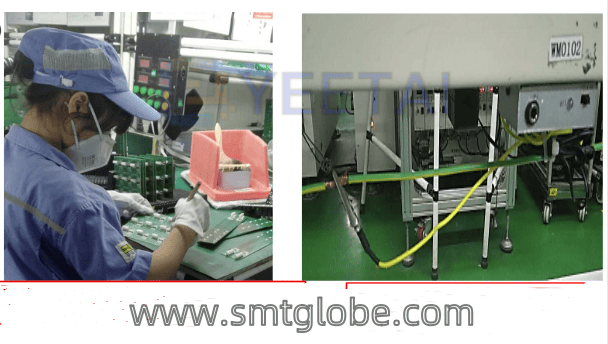Surface Mounted Technology (SMT) is a core process in the electronic assembly industry. It finds applications across various sectors like communication, computing, and home appliances. The industry is moving toward solutions that emphasize high density, high performance, high reliability, and low cost. Data collection is crucial for building SMT smart factories, enabling smart manufacturing and aligning with Industry 4.0 principles. This entails comprehensive data gathering and analysis at every level, from machines to entire production lines.

Overview of SMT Smart Factories
An SMT smart factory integrates advanced automation, information management systems, and intelligent data analytics. This integration leads to a high degree of automation and intelligence in the production process. Typically, an SMT smart factory includes automated processes for printing, mounting, soldering, and inspection. Such systems significantly improve production efficiency, reduce costs, and enhance product quality.
The Importance of Data Collection
Data collection acts as the foundation for smart factory intelligence. Collecting real-time data from various points on the production line—such as equipment status, production efficiency, and quality results—enables comprehensive monitoring and analysis. This data helps quickly identify and rectify any production issues. Ultimately, the level of data collection technology directly influences the degree of automation and intelligence in SMT factories.
Architecture of SMT Smart Factories
Hardware Facilities and Layout
The hardware infrastructure in an SMT smart factory supports automation and intelligence. Equipment includes printers, pick-and-place machines, reflow ovens, and Automated Optical Inspection (AOI) devices.
Types and Functions of Equipment
SMT production lines feature a variety of equipment, each serving specific functions. For instance, printers accurately apply solder paste or adhesive to printed circuit boards (PCBs). Pick-and-place machines quickly position electronic components at designated locations.
Optimizing Equipment Layout
The arrangement of equipment directly influences production efficiency. A well-planned layout reduces material handling time and increases productivity. For example, placing reflow ovens in the middle or later stages of the line ensures that solder paste stabilizes adequately before soldering.
Automation and Robotics Application
Automation is central to SMT smart factories. Robots facilitate tasks such as material loading and unloading and automatic material changes, further enhancing production efficiency.
Data Collection Devices
Data collection forms the basis for data analysis in smart factories. Deploying sensors and data acquisition systems along the production line allows real-time monitoring of crucial information like equipment status and production progress.
Software Systems and Integration
Software serves as the brain of SMT smart factories, coordinating and managing the entire production process.
MES Systems
Manufacturing Execution Systems (MES) are among the core software solutions in smart factories. They monitor and manage production processes in real-time, including production planning, process tracking, and quality control.
Integration of ERP and MES
Integrating Enterprise Resource Planning (ERP) systems with MES facilitates comprehensive management from order processing to production and shipping. This integration enhances resource utilization, reduces inventory costs, and improves customer satisfaction.
Data Analysis and Optimization
By collecting data from the production line, manufacturers can optimize processes using analytical techniques. For example, analyzing equipment failure data can help predict maintenance needs, minimizing unexpected downtime.
Artificial Intelligence and Machine Learning
AI and machine learning in SMT smart factories increase production efficiency and product quality. Machine learning algorithms can automatically identify and classify defects in the manufacturing process.
Internet of Things (IoT) Technology
IoT technology connects devices across the production line, enabling real-time data exchange. This connectivity supports smarter production scheduling and resource allocation.
Security and Access Management
Security and access management in software systems are vital for stable smart factory operations. By establishing access levels, manufacturers can protect data integrity and prevent unauthorized access.
User Interface and Interaction Design
User interfaces (UI) and interactive design are critical for operators. An intuitive interface reduces operation errors and boosts efficiency.
Through the strategic combination of hardware and software, SMT smart factories achieve high levels of automation and intelligence, improving productivity, reducing costs, and enhancing product quality.
Data Collection Technologies and Methods
Sensors and Data Collection Points
Sensors serve as the foundation for data collection in SMT smart factories. The types and arrangement of sensors impact data accuracy and comprehensiveness.
Types of Sensors
Commonly used sensors in SMT production lines include temperature sensors, humidity sensors, pressure sensors, and photoelectric sensors. These monitor the production environment and equipment status.
Data Acquisition Techniques and Methods
3.1 Sensors and Data Acquisition Points
In the SMT smart factory, sensors are the basis for realizing data acquisition. The type and layout of sensors directly affect the accuracy and comprehensiveness of data.
Sensor types: Sensors commonly used in SMT production lines include temperature sensors, humidity sensors, pressure sensors, photoelectric sensors, etc., which are used to monitor the production environment and equipment status.
Data Collection Points: Key data collection points include, but are not limited to, equipment operating status, production efficiency, quality inspection results, material consumption, etc. These data points are key to optimizing the production process and improving efficiency.
Example Analysis
Take the SMT production line of an electronics factory as an example, the factory has deployed sensors at the following key points:
Laser engraving machine: monitoring equipment temperature and operating speed.
Printing machine: detects printing quality and printing speed.
SPI (Solder Paste Inspection Instrument): detects the uniformity of solder paste distribution in real time.
SMD machine: monitor the precision and speed of SMD.
Reflow oven: detect the temperature profile of the oven.
AOI (Optical Inspection Instrument): Automatically detects the presence of defects on assembled circuit boards.
Through these sensors, the factory is able to collect key data from the production process in real time, providing support for subsequent data analysis and decision-making.
We can help to simplify and qualify your PTH PCB assembly process. We are also helpful at Through-hole process.
AI Spare parts
SMT AGV Robots
SMT cleaning solutions
solder paste process management



